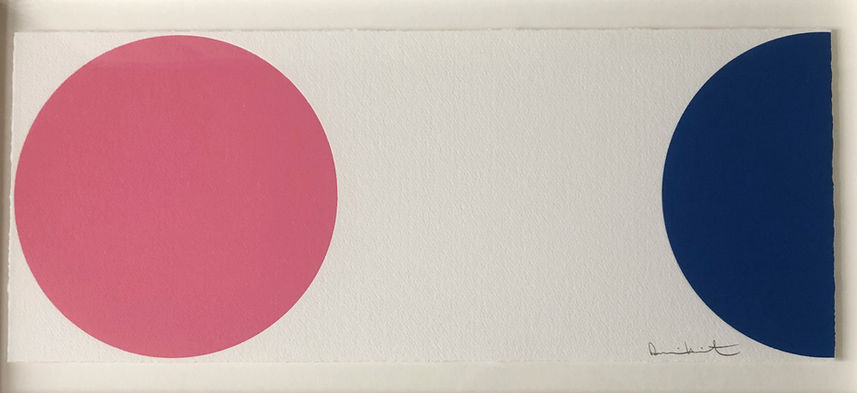Damien Hirst
Contemporary Artist
Scroll through a selection of available works. Contact us to find out more.
See & buy the Damien Hirst signed limited edition prints for sale in our Editions Shop, or simply contact us to make an enquiry.
Damien Hirst (born 7 June 1965) is an English artist, entrepreneur, and art collector. He is one of the Young British Artists (YBAs), who dominated the art scene in the UK during the 1990s. He is reportedly the United Kingdom's richest living artist, with his wealth estimated at $384 million in the 2020 Sunday Times Rich List. During the 1990s his career was closely linked with the collector Charles Saatchi, but increasing frictions came to a head in 2003 and the relationship ended.
Pushing boundaries from the outset, Hirst put together a revolutionary exhibit called “Frieze” while studying art Goldsmith’s College at the University of London. Soon after, he became a guiding figure of the Young British Arts (YBA) movement in the 1980s and 1990s, known for the use of unlikely materials and provocative concepts.
Death is a central theme in Hirst's works. He became famous for a series of artworks in which dead animals (including a shark, a sheep and a cow) are preserved, sometimes having been dissected, in formaldehyde. The best-known of these was The Physical Impossibility of Death in the Mind of Someone Living, a 14-foot (4.3 m) tiger shark immersed in formaldehyde in a clear display case.
He has also made "spin paintings", created on a spinning circular surface, and "spot paintings", which are rows of randomly coloured circles created by his assistants.
In September 2008, Hirst made an unprecedented move for a living artist by selling a complete show, Beautiful Inside My Head Forever, at Sotheby's by auction and bypassing his long-standing galleries. The auction raised £111 million ($198 million), breaking the record for a one-artist auction as well as Hirst's own record with £10.3 million for The Golden Calf, an animal with 18-carat gold horns and hooves, preserved in formaldehyde.
In several instances since 1999, Hirst's works have been challenged and contested as plagiarised. In one instance, after his sculpture Hymn was found to be closely based on a child's toy, legal proceedings led to an out-of-court settlement.








